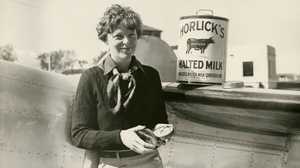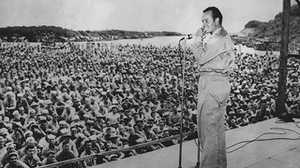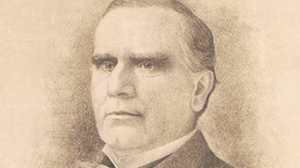The Lady from Montana
On March 4, 1917, the 65th Congress convened, with one major difference: the very first congresswoman.
By Mary Walton

A few months into Jeannette Rankin’s 1916 campaign for one of Montana’s two at-large congressional seats, it was apparent that she was a shoe-in to become the nation’s first congresswoman. Two years earlier Rankin, 36, a Republican, had led the fight to win Montana women the right to vote. She had those votes nailed down. And it did not hurt that her popular brother was managing her campaign.

Rankin campaigned right up to election night, often on horseback. She was as likely to turn up in a lumber camp or dance hall as a meeting of the Women’s Christian Temperance Union. The town fathers of Cut Bank rejoiced at landing an appearance when “cities all over Montana are clamoring to secure the little lady for speaking engagements.”
In what was then a rare campaign practice, on election day, according to The New York Times, her supporters called practically everyone in Montana who had a phone. “They greeted whoever answered with a cheery: ‘Good morning! Have you voted for Jeanette Rankin?’”

She won big, outpolling the Republican presidential candidate by more than 25,000 votes. Her legislative priorities were a suffrage amendment to the U.S. Constitution and a reform of child labor laws. But before she could take the first step, President Woodrow Wilson called for war against Germany. Rankin was a committed pacifist. On April 6, just four days after she took her seat, Congress voted. Never mind that 49 male representatives and six senators also opposed the war. Rankin’s “no” was the one that captured headlines. “I wish to stand for my country,” she said, “But I cannot vote for war.”
The Lady from Montana seemed destined to serve just a single term. She ran unsuccessfully for the Senate, became a peace organizer and spent winters on a small farm in Georgia. But in 1940, she again persuaded Montanans to send her to Congress. She was in office when the Japanese attacked Pearl Harbor, and she again voted against war, the only member to do so. To escape outraged legislators and a mob of reporters, she barricaded herself in a phone booth until Capitol police came to her rescue.
Wrote William Allen White, renowned editor of the Emporia Gazette, “The Gazette entirely disagrees with the wisdom of her position. But Lord, it was a brave thing.”
Rankin served out the rest of her term and never ran for office again. But she did march against the Vietnam War with 5,000 women who christened themselves the “Jeannette Rankin Brigade.”
Mary Walton is the author of A Woman’s Crusade: Alice Paul and the Battle for the Ballot.
Published March 2017.







